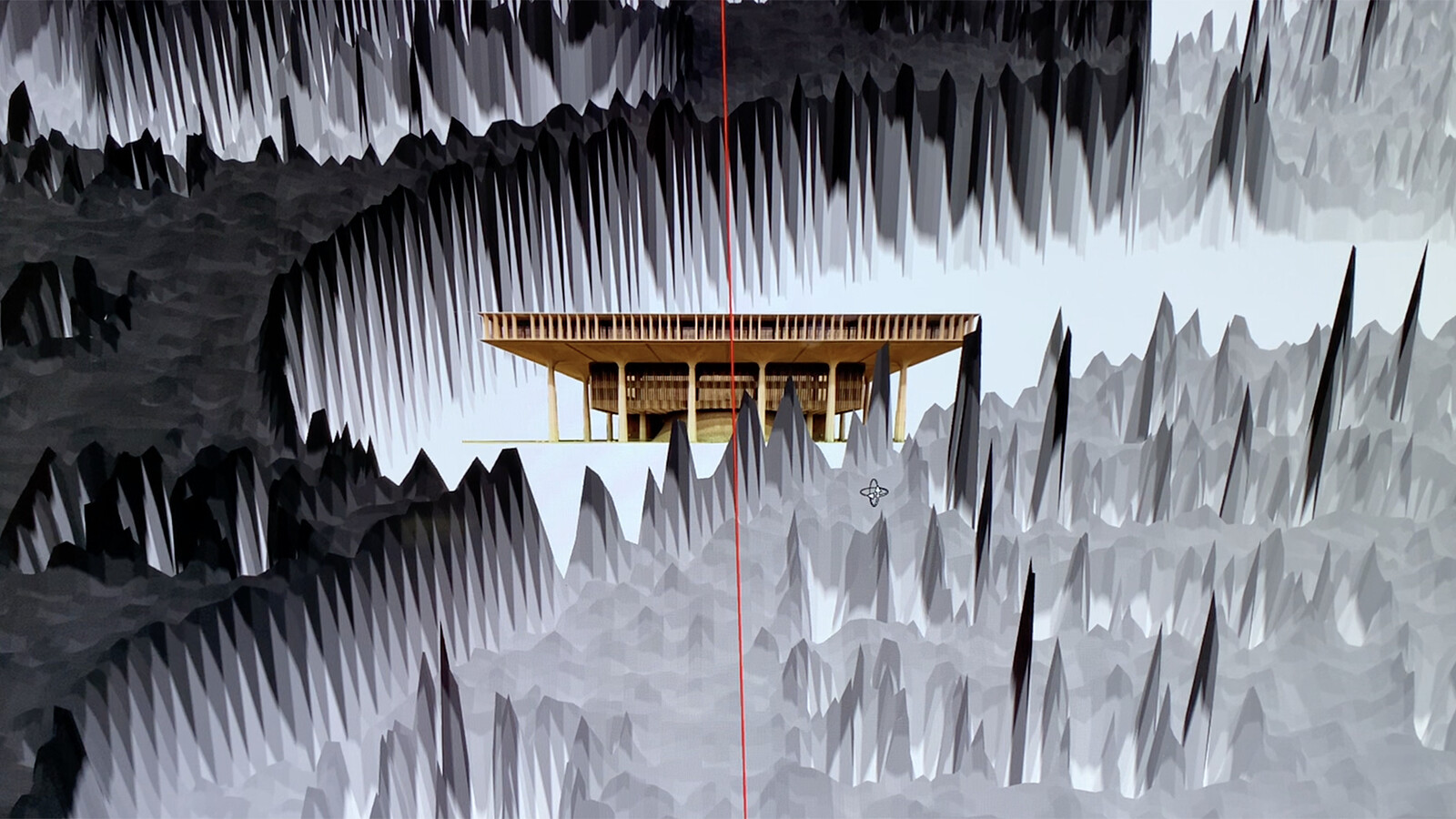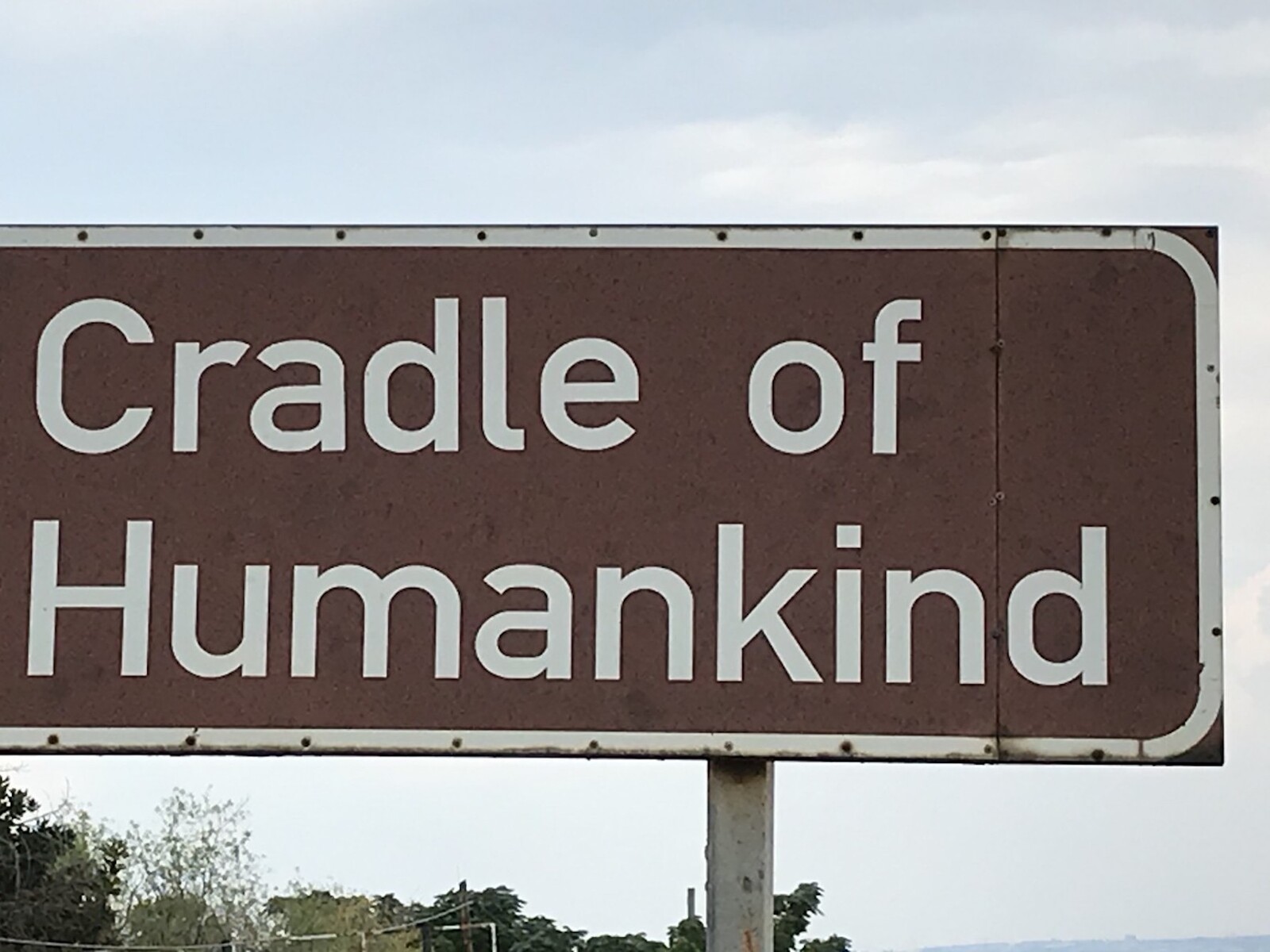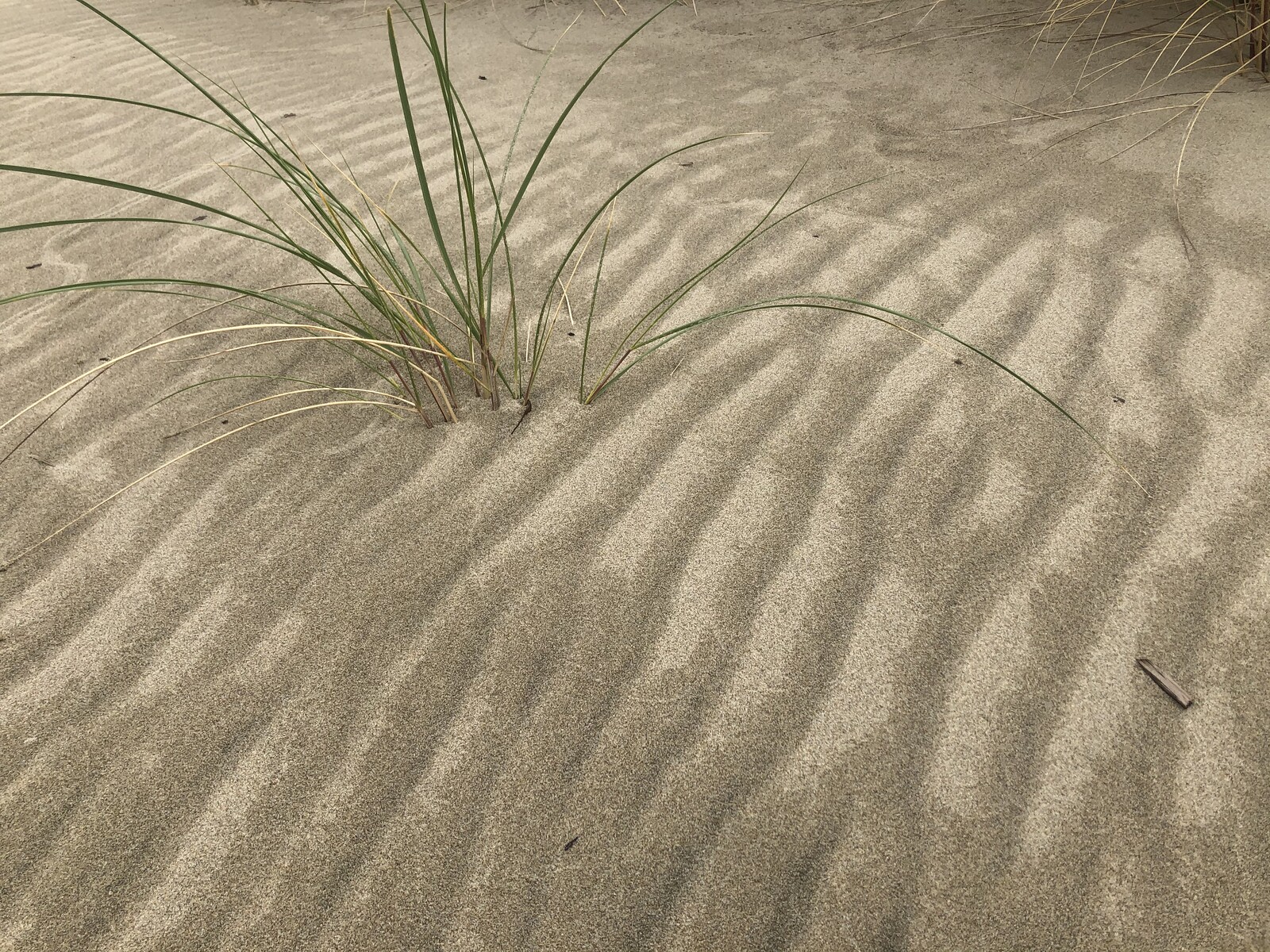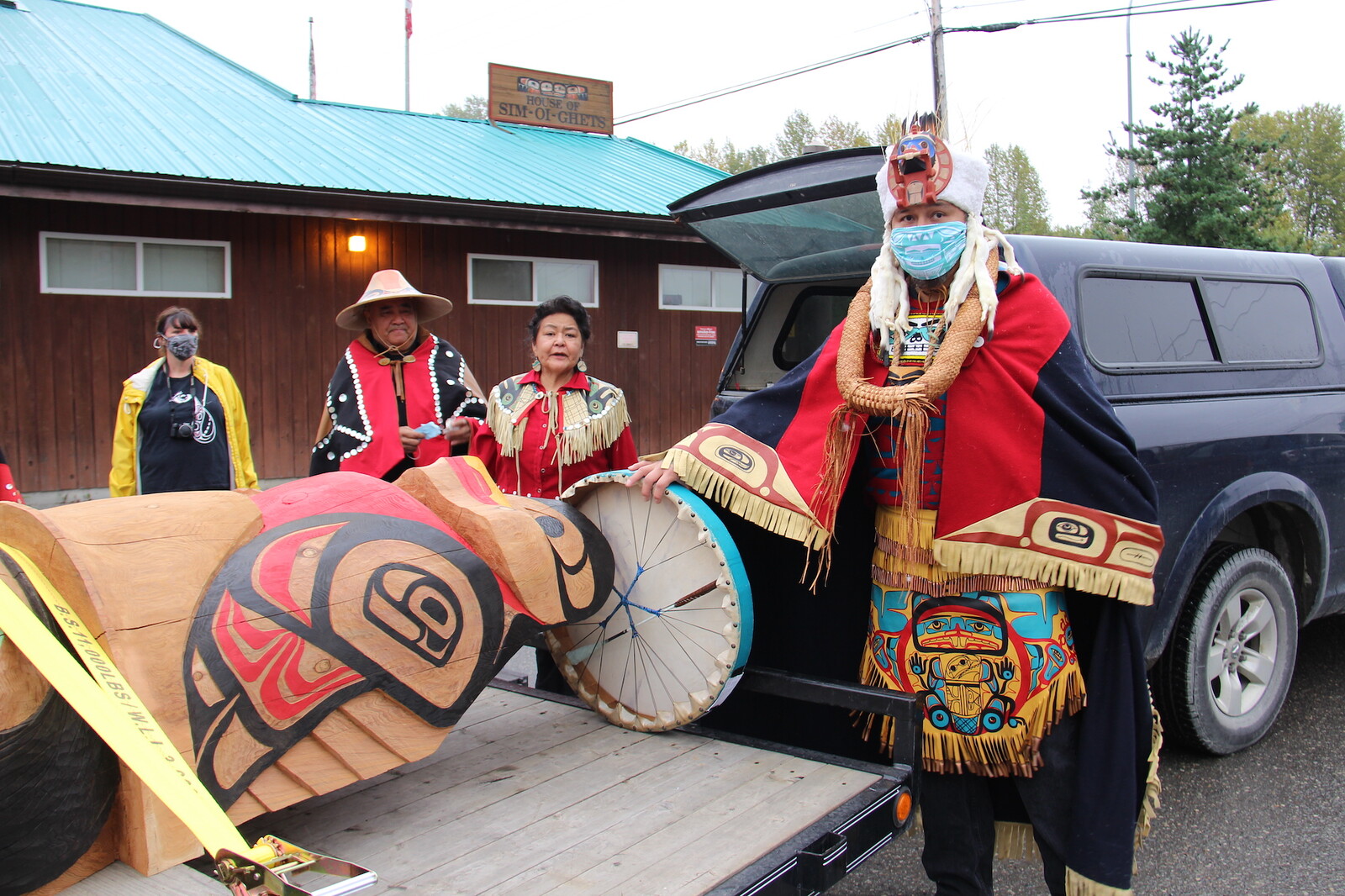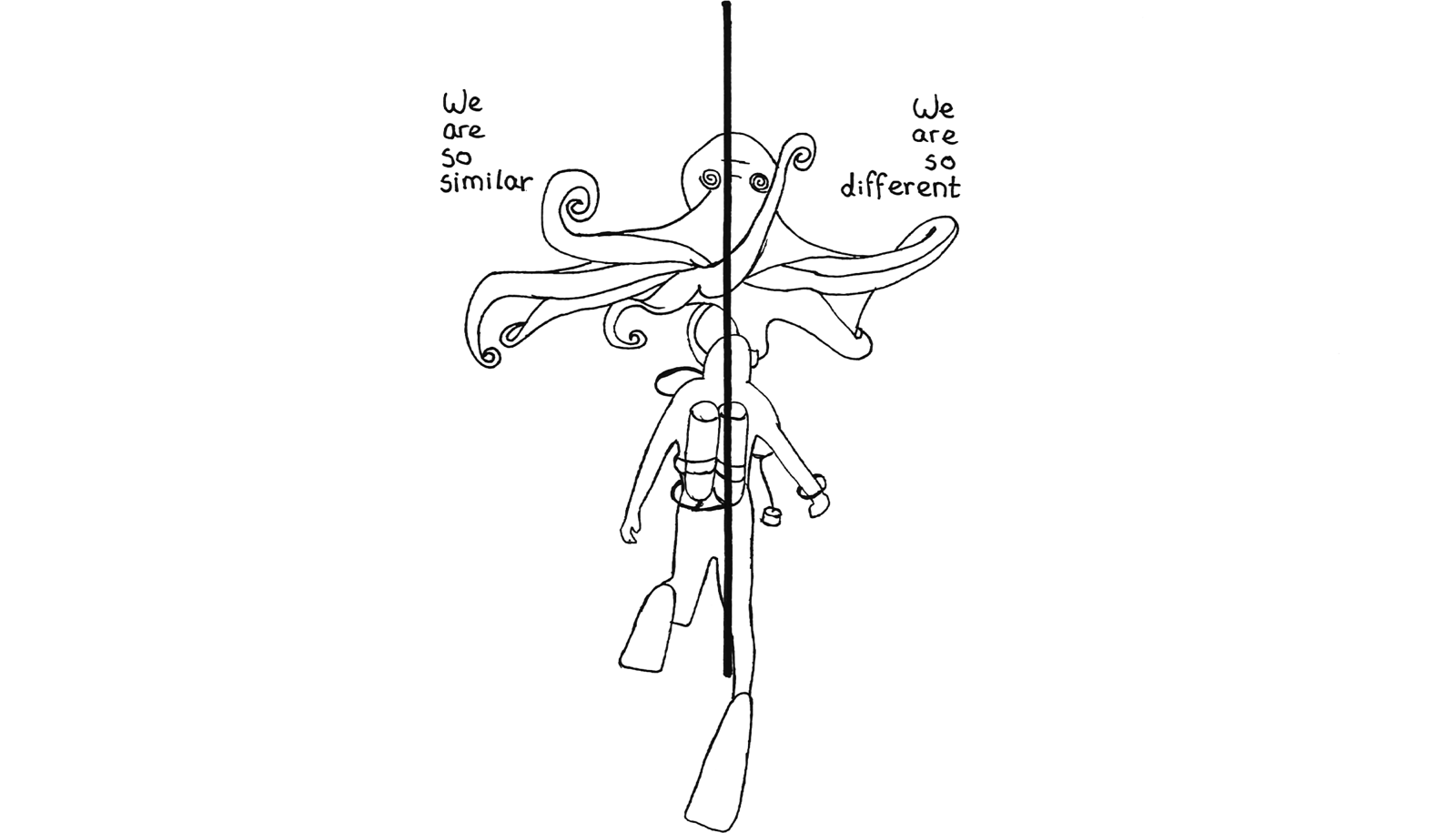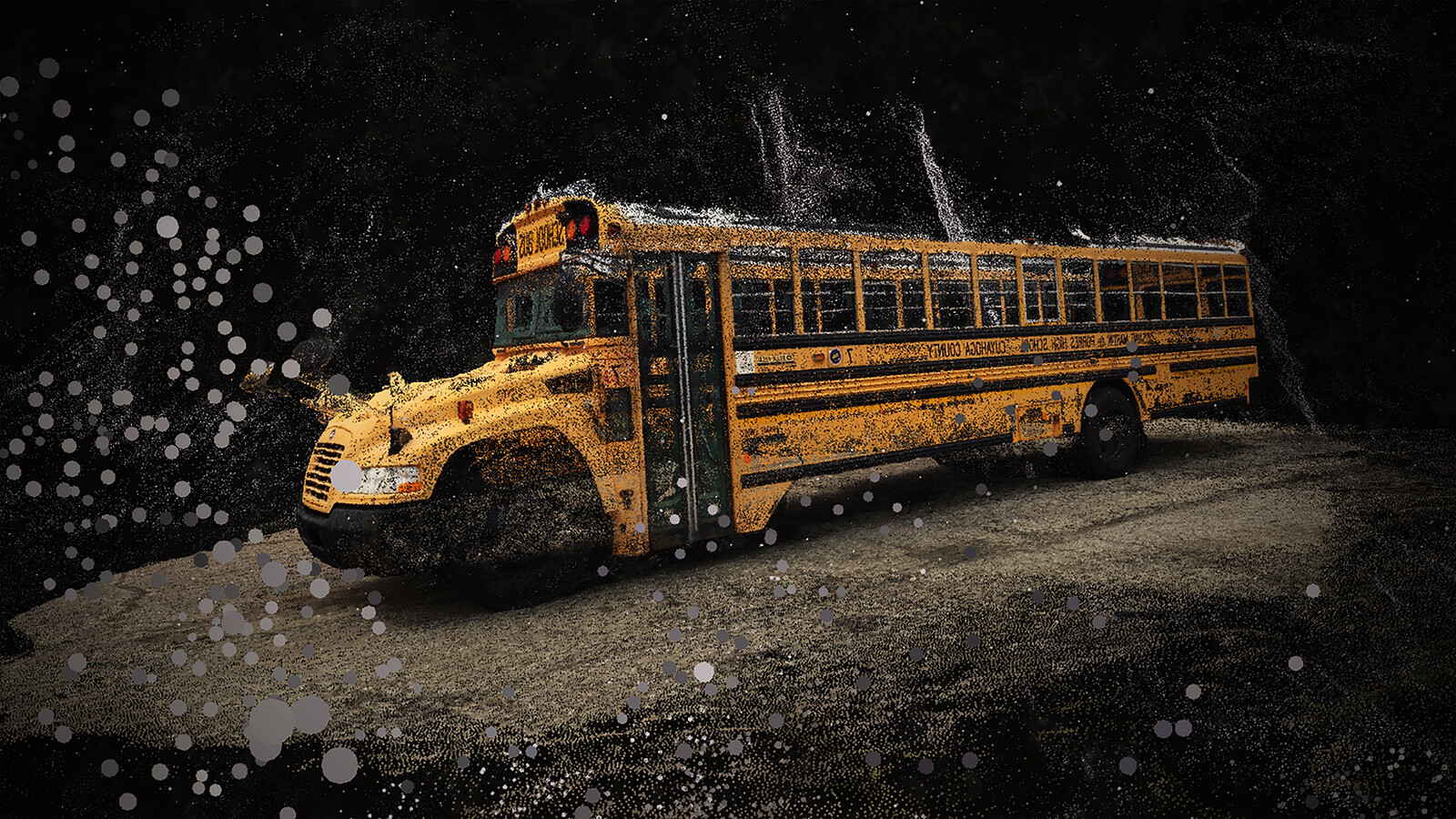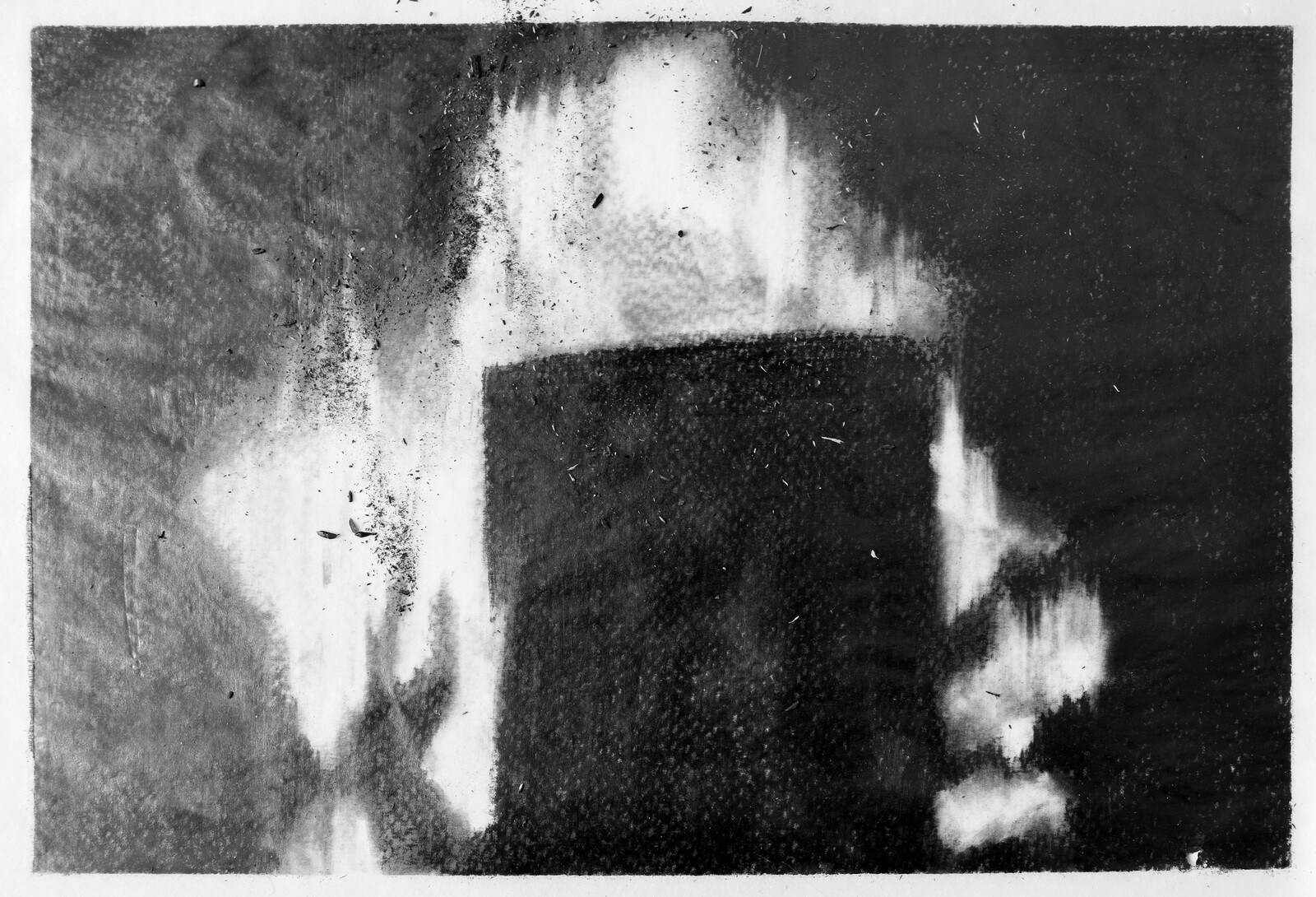Dominions of Mythologies
All of us caught in the hurricane of the modern world are refugees from our bodies and our senses. It’s the natural animal response to trauma.
The longer our ancestries snake through the generations of world-devouring empires, the farther away we become from ourselves and the longer the road back. For most of us this means that healing this communal trauma through the return to our bodies and senses is a generational project by its very nature. We place hope in our children and their children. But, as they say, a journey of 10,000 miles starts with a single step.
There are a thousand paths home again, with a thousand guides to take us there. It’s not the correctness of the path, but the tenderness of the yearning that impresses these guides. We just need to pick one and start up the conversation. However, the only acceptable coin the guides will take is that of skillful, patient courtship. There is a language to learn.
Kingdoms of Caress
The language of courtship is the observation of detail. Small or large, we search for those details which the one we court assumes we can’t possibly have noticed. A name that everyone mispronounces, our careful ear notes and our mouth produces the correct curl of the tongue around the consonants. Eyes that appear an undifferentiated brown to the superficial gaze, but which our patience reveals to be flecked with green.
In courtship, it is not the hoarding of such details, but our humility, that is key. We will never know it all, and will take many awkward steps. We walk beside but do not pursue. The purpose of the journey is to find guidance back to ourselves, not to own another. These sacred taxonomies, this language of living beings and materials gathered with our own senses in their own places we are writing give us permission to belong again.
Phyla of Dreams
They say the first human story was the line of tracks and sign laid down by an animal. Written in the earth and on the plants, we see where the feet were placed, where the body rested, where the mouth touched and bit and plucked from a bush, where the bladder was contemplatively relieved. We see the story of a quivering heart moving across a place, of a four-legged traveler moving down paths shaped by the wind and sun and weather and the rise and fall of the land, from lack to larder. By tracking and telling the living stories we find, we rediscover one of the many languages of courtship that will get us home again.
Classes of Holons
Tracking is a language that is as wide as the sky and as granular as grit. It is not simply following and identifying footprints, but the following of patterns across living systems, up and down levels of scale, that is the fundamental occupation of tracking. Take, for instance, a murmuration of starlings: a social mass of small birds that churns and flows and sucks its way across the sky, writhing and hollowing in the presence of a raptor so as to create a vacuole in its midst.
There are no nouns in tracking, though we do often try. It’s safest to keep our talk in the language of arborundulance—the inextricable co-creation of wave and branching structures that create all form visible to the eye and palpable to the body. These structures verb across the landscape of experience, always heaving by like the body of a serpent, its tail in the past and its head nosing into the future.
Much the same as the first human story, that line of tracks and sign; a waveform broken only by the impingement of other waveforms, that tell us something happened. These serpentine heavings generate ecosystems and vascularize landscapes with animal worlds. They are both the borders and organs of the many overlapping holons that pulse with life.
Orders of Rhythm
The rhythms of locomotion are the carrier wave of an animal’s experience. Walking, trots, lopes, bounds, gallops; these are the well-balanced time signatures that preface the musical staff on which the melody of a life plays out. Internal eccentricities—hunger, thirst, discomfort—and external intrusions—predators, the shifting moods of the day—only deform the body-mind of a being playing their role in the symphony of life. These rhythms leave endlessly varying patterns of tracks in the soil, the notes that rise and fall and tell a story, much like the barometer tells the story of the sky.
Families of Forms
All physical systems are governed by fluid laws. All physical systems evolve in time as holons, intelligently shifting their configurations to resolve resistance to the flows moving through them, and are alive. Even the dead are alive as their form dissolves to take up countless new shapes.
Form is transitory. But hasn’t that been our premise all along? Nouns are an imposition upon the undulating serpent of beingness that has caught us up. The premise that to track is to track the interface of living bodies against each other is not just vital to the courtship we’ve committed to, but it’s required to walk in a garden of wonders.
Animal bodies are lifeways given form for a while. The proportions of body to leg length and the morphology of the foot set the time signatures most conducive to easy locomotion through the days and nights of life. Watch the squirrels in your neighborhood and see them bound in waves, their rhythms set by the shape of their low bodies and grasping, clawed hands, pausing on the ground for digs or ecstatically leaping from height to height.
Narrow, cleated feet give canines their power on the chase. Widely smiling toes and generous heel pads absorb the footfalls of cats and provide precision to each step. As with humans, our feet are the unique expression of their lives, a palmistry of wrinkled paths and divotted with old injuries. Wherefore do their lifelines lead? At times to glorious death in the gutters, pitied by the ignorant. Who is to be pitied—who has lived a life in chains, and who the life of barbarian royalty? Wrapped in their furabouts, living, sleeping, and hunting freely under the open sky.
Genera of Intimacies
When we examine the interface between earth and sky, that layer where the animal foot impresses, a semi-liquid structural world emerges, of twigs and leaves, stone and seeds, groomed by six-legged sextons, lorded over by eight-legged aristocrats, and decomposed by the innumerable poly/un-legged hoi polloi.
To approach this world, bring your nose as close as possible to bear. The natural state of this layer is that of loft, of the smallest but yet most certain distance between the materials of this place, the mixed media perhaps primly touching at points but not yet a bricolage.
In wet times, the pounds-per-inch pressure of the foot smears and adheres, creating coherent textiles out of the grit and seed and leaves. Bark tears and peels. Twigs fray. Intimacies are generated. The emotional distance is lost and a compressed grain of sand tears into the fleshy cells of a linden leaf.
In dry times, relationships are more electric, more rigid. A pine needle pressed by a soft foot-pad against a twig is waxily creased, and the twig half-fractures in a hinge. No close wet partnership for these two, and yet there they are, unmistakably driven together by the passing of the (relative) giant. They collaborate on the holon of the animal track, telling the story of how sweet or discordant the animal’s melody.
Species of Time
The exact nature of material collections vary minutely and widely, so that “time-layers” form, much like geology in the large. How dry or humid or wet determines the nature of the intimacies; the precipitation and wind, the presence of dust, pollen, leaves, grit, woody debris, all speak to the members of that layer of time. As they are forced together they become almost thing-like, and can persist through seasons if protected from catastrophic scouring events.
To hold this understanding of time is to become a sommelier of substrates, to sift and swish this interface of earth and sky in your mouth and nose and eyes and heart. The endless vintages of conditions through the seasons roll far backwards and arrive anew every day.
In courtship, it is not the hoarding of such details, but our humility, that is key. We will never know it all, and will take many awkward steps. We walk beside but do not pursue. The purpose of the journey is to find guidance back to ourselves, not to own another. These sacred taxonomies, this language of living beings and materials gathered with our own senses in their own places we are writing give us permission to belong again.
Survivance is a collaboration between the Solomon R. Guggenheim Museum and e-flux Architecture.










